Above the entrance into our traditional Cherokee Council House are affixed an array of seven white feathers pointing to seven circles, spheres or orbs. Inside are high-backed seats painted “white” for our principal chief and civil leadership and “red” for our war chief.
The uninitiated could mistake these seven feathers to represent rays of the sun or the seven principal clans of the Cherokee: Wolf, Deer, Red Paint, Panther, 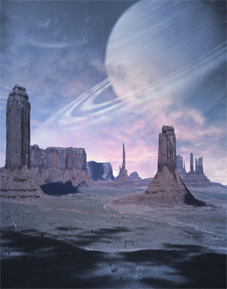 Bird, Longhair, and my great-grandmother’s clan, the Wild Potato. Rather, they are our “seven sacred rays of white light.” Our “seven sacred orbs” also have been a mystery. A red seat for the war chief, who is dressed all in red from head to foot and sometimes even painted red is easily associated with the necessary bloodshed of war. But why are the other seats white? Why not gold or a royal blue the color of the direction above?
Bird, Longhair, and my great-grandmother’s clan, the Wild Potato. Rather, they are our “seven sacred rays of white light.” Our “seven sacred orbs” also have been a mystery. A red seat for the war chief, who is dressed all in red from head to foot and sometimes even painted red is easily associated with the necessary bloodshed of war. But why are the other seats white? Why not gold or a royal blue the color of the direction above?
Familiarity with ancient Hebrew spiritual paths
The answer to this color selection, the “seven sacred feathers” and the “seven sacred orbs” is found in mysticism as old as Solomon and possibly Abraham and points to Cherokee familiarity with ancient Hebrew spiritual paths.
John Howard Payne was a prolific writer and poet whose 2,230-page copyrighted but unpublished journal dating to the early 1800s documents his sojourn with the Cherokee. He was the best friend of the then-principal chief. Payne likened the Council House to the same sanctity as the Holy of Holies containing the “Ark of the Covenant.” In fact, immediately behind the Great White Seat is the “holy” place where sacred items are kept inside the “Cherokee Sacred Ark.” According to Payne, the Ark serves a similar purpose as the Ark of the Covenant of the Hebrews housed in the Tabernacle of Moses and later the Jerusalem Temple. Access was similarly restricted.
Payne was a “sensitive” in his era and is also noted for penning the words to “Home Sweet Home” later mouth-harped on both sides of the Mason-Dixon line during the War Between the States.
Priestly influences
Coupled with the writings of an earlier sojourner among the Cherokee, the Scotsman James Adair, a link emerges to ancient practices by Hebrew Levites and Priests. Adair’s 1775 “History of the American Indians,” documents 23 customs and practices of the Cherokee that are identical to those of Hebrew priests, including the mention that the Divine Name in which the Cherokee high priest made his yearly petition was “Yo-He-Wah,” although Payne later wrote it was “Ye-Ho-Wah.”
Permutations of the Divine Name and the seven directions
Regardless, it contains the same consonants as the Divine Unutterable Name invoked only once a year by the Hebrew High Priest. The same three consonants, Y-H-W and their permutations, Y-W-H, H-Y-W, H-W-Y, W-Y-H, and W-H-Y in combination with different vowels are heard today in Native chants throughout the Americas. The sacred Chanuppah (CHU-NEW-PAH) song of the Lakota and the warrior lodge of my Membreno Apache brothers, includes a chant of 26 such consonants in two stanzas of 13 always avoiding the forbidden Shem Ha-Meforash (Sacred Name by its Letters or the combination of Y-H and W-H). This song is “drummed” and sang before lighting the Chanuppah, the sacred pipe used to elevate our prayers when we blow our tobacco smoke toward the “seven” directions.
The Apache also have a six-pointed star that resembles the Star of David. They understand it to represent the six directions to which they pray, that are identical to the directions Hebrews face in their Succot (SUE-COAT) or “booths” during the Feast of Tabernacles. Just as the six-pointed Star of David contains within it a “hidden star”, the seventh direction to which the Apache pray is the same direction to which the “green bundle” called the Lulav (LOO-LAHV) is drawn in the booths: The “heart within.”
Hebrew awakening
These identities within an ancient Hebrew mystical order comprising DNA from Hebrew priests and with artifacts relating to psalmists — Cherokee in Oklahoma have a wampum belt so identifying them — explains the layout and function of the Council House and the seven feathers and orbs. Some of the same mystical elements are emerging among other Native tribes, including the Hopi, whose prophecy coupled with the Cherokee is called “the twin fires.” A documentary on the “Jerusalem connection” to the Hopi is currently in production by Jewish filmmakers, Andrew Feder and Teresa Crespo-hartendorf of Los Angeles and is slated to be released at film festivals worldwide beginning in May 2010. See www.torah-voice.org.
Red and white seats
Practicing Hebrew kabbalists associate “red” and “white” seats in a “holy place” with Creator’s thrones of justice: “Judgment” and “Mercy.” This is a function of what these Hebrew mystics have called the Elchuta (EL-KHOO-TAH), “The Godhead,” for at least the past 3,000 years. For instance, on Rosh Hashanah, the beginning of the Hebrew civil calendar that also has a parallel with an important Cherokee new moon, the mystics taught that the Great Mystery would abandon his throne of Judgment for one of Mercy for the following 10 days. No matter how grave one had transgressed, during those 10 days, the Judgment would be one of pure mercy, which encouraged many to repent.
Cherokee believe as do the Hebrews that Creator, whom many Natives address as “Grandfather,” is a Great Mystery who cannot be defined in terms of flesh and blood or time and space. The “Godhead” is therefore a deduction of His non-physical Heavenly Attributes, three in particular.
King of the Universe
When I am able to bring my thoughts into nothingness through meditations, Native chants of the permutations above or other mystical means, the first thought that emerges out of this “void,” is the role of Grandfather as “Sovereign” or “King” of the Universe. Perhaps this is influenced by the beginning of most every Hebrew blessing: Blessed are You, Oh Lord Our God KING of the Universe.”
Contemplating Grandfather’s role as King, the kabbalist would think of two things: The WISDOM of His rule and his UNDERSTANDING of mankind in dealing out justice. And that justice has two sides: Judgment and Mercy. Kingship, Wisdom and Understanding are the very three attributes of Grandfather that kabbalists say must never be questioned. Similarly, they are attributes that “stem from the World to Come.” In other words, no human being has any control over the extent of his or her personal calling to rule, or the extent of wisdom or understanding meted out from Above. This is the domain of Heaven and the Godhead.
Judgment and Mercy
The colors of red and white associated with Grandfather’s JUSTICE, ascribe red to the place of JUDGMENT and white to MERCY and PEACE. Everything that is red is derived from the power of the root of JUDGMENT. This includes the strength responsible for victory in war, characterized by the war chief in red and his red seat. The Apache extend this to “spiritual warfare,” with the revival of Walking the Red Road by sun-dancers, the spiritual warriors who follow the ways of the elders.
White is associated with the “white-hairs” who have the experience of previous wars and know their costs and prefer peace. Unless convinced by the war chief, they will not give their consent to war and will avoid it. Elders and the aged also usually leave the fighting up to the braves. So the color white is the MERCIFUL side of justice and everything white is rooted in Grandfather’s mercy and peace.
‘Manifestation of the Godhead bodily’
To understand the seven feathers in this mystical context, one must “leave” the Council House. This is because the mystics have deduced that there are seven primary paths that emanate from “The Godhead.” The New Testament alludes to this with the phrase, “manifestation of the Godhead bodily,” or more precisely the “manifestation of the ‘body’ of the Godhead.”
The ‘manifest body’ is represented by the seven “white” feathers and the seven orbs. Had these feathers alluded to the principal clans, they obviously would have not been white, but would have been the color of each individual clan.
Rather, in mystical thought, the feathers represent paths and the orbs, vessels. The 12,000 words of “The Bahir,” (BAH-HEAR) “Brilliant Light,” first published around 1176 C.E., was the most influential and widely quoted primary source of kabbalistic teaching until the 23-volume Zohar or “Radiance” was later published. It is the earliest record of the much more ancient teachings about the Godhead and the “sefirot” (SEH-FEE-WROTE) or seven spheres that emanated from the Godhead. Many date the oral tradition behind this mystical teaching to the time of Solomon. Most mystics would say it goes back to Abraham.
Giving and Receiving
The name stems from Job 37:21: “And now they do not see light. It is BRILLIANT in the skies.” Thus “The Bahir” is a light so bright it can blind. But this little book defines any “path of light” as the concept of “GIVING” and vessels depicted as spheres or orbs as RECEIVING.
In order to receive Grandfather’s LIGHT, there must be a VESSEL, represented by an orb connected to Grandfather (The Godhead). Since space does not exist in the spiritual realm, there can be no “physical” connection. The VESSEL must to some degree, imitate, resemble or take on the attributes that manifest from The Godhead.
This is how the Seven Sacred Rays of White Light (the seven white feathers) would be understood by practicing kabbalists as emanating from meditations about Grandfather. While human beings are limited by Grandfather in their pursuit of the three higher attributes of the Godhead, the lower seven are free for all to develop, cultivate and work. They help us understand Grandfather’s love which He would have human beings emulate and which can be characterized only as “White Light.”
Living the Attribute
Hundreds of volumes are written about this love and these paths so I will relate only personal insights gleaned from these mystical practices. Each path of an aspect of Grandfather’s love, is “worked” by LIVING that attribute. Each of the lower seven attributes (representing these paths) also interact with one another, so one could start off on one and wind up on another. Later refinements to these paths by Jewish mystics stress this interaction, but in their simplest form, each of the seven designated its own path to Grandfather.
The seven sacred orbs:
1. HESED (HEH’-SAID) or the quality of “everlasting kindness or mercy” exemplified by the practice of being kind to anyone and everyone regardless of how one is treated. This trait brings one closer to Grandfather faster than any other and explains why the prophets said to “Learn of Mercy rather than sacrifice.” It was the attribute of Abraham and caused his spiritual elevation.
2. GEVURAH (GEH-VU’-RAH) or “inner strength.” This is the strength that comes from binding with a power inside of oneself that comes from Grandfather. This strength is in evidence each time one resists a transgression of Grandfather’s laws. It is described as a “backfire” that extinguishes the fires of temptation. It is an extremely admirable trait for one to develop and was the overriding attribute of Isaac, who found his inner strength in his attachment to the land itself. Once Isaac was elevated on an altar made of stones from the land of Israel, he was forbidden to leave the land. It gave him his inner strength and had he left, even to find his own wife, the sanctity of the land was so tied to Isaac that it would have been diminished. Because inner strength often comes after a failure or stumbling and relies on repentance, Gevurah is especially stirring.
(These traits of Abraham and Isaac, reflect the “heart of the fathers” together with Jacob’s trait of TRUTH, which the prophet Elijah will reveal to the “sons” or “children” of Israel in the Last Days. This “Truth of Jacob,” is alluded to in the later refinements of the sefirot by an “invisible” sphere, called “DA’AT” (DAH-OTT) or “Knowledge” which comes from the TRUTH of Torah, the everlasting book of laws for all of Israel throughout their generations).
3. TIFERET (TEH-FAIR’-IT) or the “beauty of harmony of things.” To a Native American, this is an especially important and well-trod path. As the Great Nez Perce Chief Joseph stated, “The Earth and myself are of one mind.” The harmony applies to all of Creation and all creatures in and on and above the Earth.4. NETZACH (NET-SOCK’) or the “victory” in the sense of “being above” and not below, not necessarily characterized by “winning” in a competitive environment. Jacob was the victor over Esau because of his spiritual inclinations. This applies the “victory” to the defeat of the “flesh” in spiritual elevation. To achieve “Victory,” one should be purified in the flesh by the ritual known as “Cherokee going to water” (identical to the Hebrew mikveh) and eliminate as many physical obstacles and defilements to spiritual elevation as possible. The Cherokee observance of the laws of marital purity is almost identical to those stated in the Torah.
5. HOD (HOED) or the ability to “adapt or be quick-witted” especially as a survival instinct, is one of the lowest paths therefore reflecting the concerns of mankind on the one hand but also the splendor of wonderment and awe at Grandfather’s wisdom and understanding filtering into human vessels for practical purposes. The splendor also reflects and is enhanced by one’s appreciation for Grandfather and His Creation. As every Native American knows and consequently is careful to be appreciative for all blessings and gifts: “Ingratitude is the root of all iniquity.”
6. YESOD (YEH-SEWED’) or the “foundation” is the foundation upon which rests the Sh’kinah, (SHEH-KEE-NAH). It is therefore the path of Grandfather’s “Glory.” It is most often associated with Joseph and his mystical abilities and therefore encompasses the path through dreams, visions and lower levels of prophecy. It represents the Ruach Ha-Kodesh (Holy Spirit or Holy Wind) because the Spirit indwelled Joseph. Similarly, those who possess this indwelling Spirit most easily reach Grandfather through this path. In the “sefirotic tree,” (referring to the traditional layout of the orbs), its position below radiates this Glory to all of the paths above, which is one indication of how the paths interact.
7. MALCHUT (MALL-KHOOT’) or the “kingdom” is the sphere containing the ray of light that descends the most into the world of human beings. Its path relies heavily on the ministry of angels, who are the agents of the Kingdom on Earth. It is the lowest path to Grandfather, but also the most humble.
Maggid ben Yoseif is one of 13 members of the Equahiyi-Wasi, a society begun by the Central Band Cherokee to research Native American ties to “Abraham” and “Moses.” He is an elder among the Membreno Apache and a special messenger for the Native American White Roots of Peace Council. Although, not Jewish, he was taught kabbalah during his sojourn in Jerusalem by Rabbi Tzvi Shani-Dor. He can be contacted at www.torah-voice.org
***
NOTE: The above article appears in the March, 2010 ‘Ancient American’ magazine. It is reprinted with permission from the principal chief of the Central Band of Cherokees, Joe ‘Sitting Owl’ White.
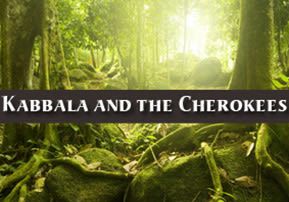

 Bird, Longhair, and my great-grandmother’s clan, the Wild Potato. Rather, they are our “seven sacred rays of white light.” Our “seven sacred orbs” also have been a mystery. A red seat for the war chief, who is dressed all in red from head to foot and sometimes even painted red is easily associated with the necessary bloodshed of war. But why are the other seats white? Why not gold or a royal blue the color of the direction above?
Bird, Longhair, and my great-grandmother’s clan, the Wild Potato. Rather, they are our “seven sacred rays of white light.” Our “seven sacred orbs” also have been a mystery. A red seat for the war chief, who is dressed all in red from head to foot and sometimes even painted red is easily associated with the necessary bloodshed of war. But why are the other seats white? Why not gold or a royal blue the color of the direction above?


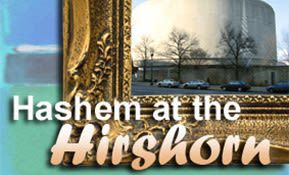
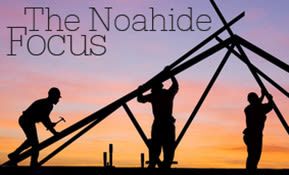


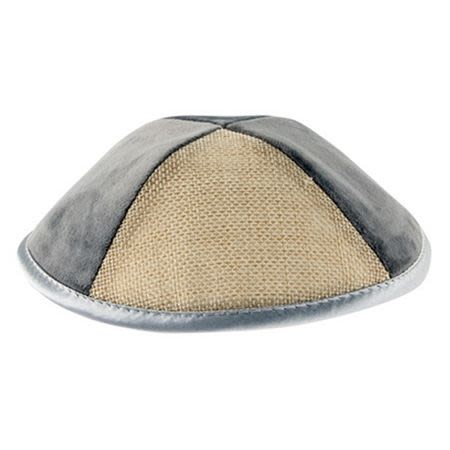
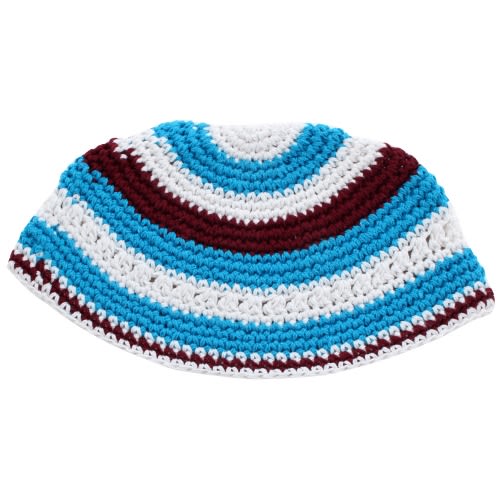
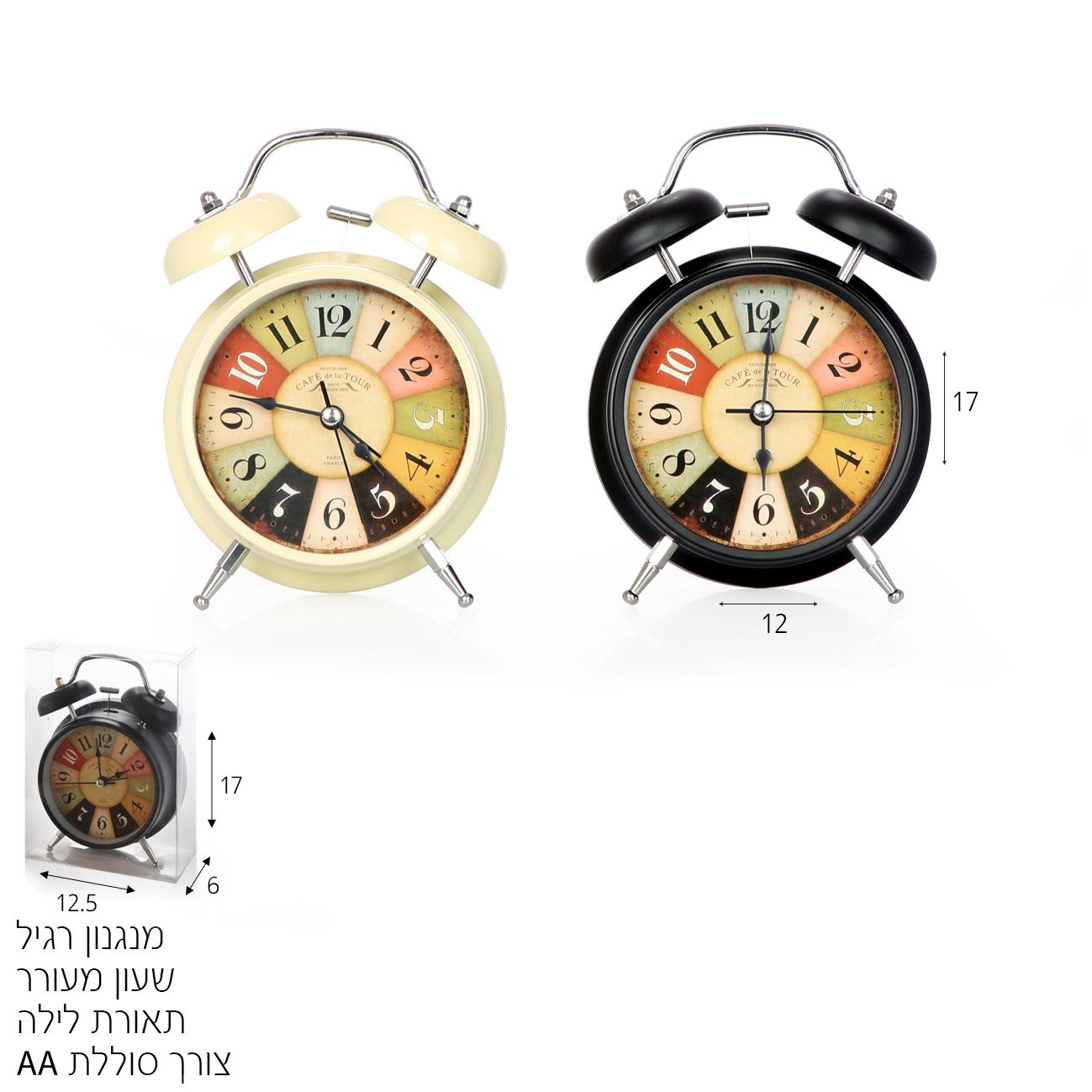
Tell us what you think!
Thank you for your comment!
It will be published after approval by the Editor.